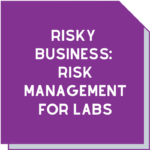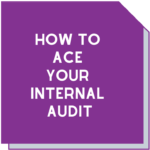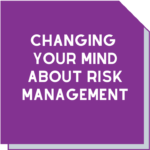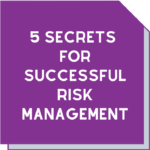Are you using this simple risk management tool?
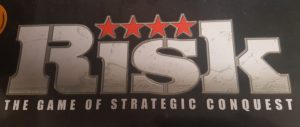
Risk management. It’s a hot topic right now.
There are 1.3 billion (that’s 1,330,000,000) entries on risk management that appear in a simple Google search.
Risk can be anywhere, from the minute we wake up in the morning until our eyes close at night. We inhabit a world full of risk and uncertainty and have to manage this.
With the emphasis on risk management in ISO 17025, ISO 9001 and ISO 15189, if you have NATA accreditation or certification with another body, it’s a real issue for consideration.
Did you know that the humble meeting can be a great risk management tool? Consider these ideas on how to make effective use of meetings and show off your great risk management strategies at your next assessment.
Start with an agenda
This doesn’t mean you have to have a lengthy, formal document. Simply having everyone attending understand the purpose of the meeting is a very good start. Circulate the agenda in advance. This is particularly important if attendees are required to prepare a report or presentation.
What makes this a useful risk management tool is to have problems and potential problems as matters open for discussion. So make sure you communicate these things prior to the meeting.
Invite the right people
Do you really need everyone from the CEO down in the same meeting? Not usually, unless it’s a particularly dire situation your organisation is facing. Having the right people there allows a good airing of real and potential risks and for great brainstorming of risk analysis and treatment.
Meeting length
We’ve all survived two hour meetings that could have been an email! Everyone’s busy and has their own tasks to complete. Therefore having people sit through a meeting that drags on too long is counter productive.
Whoever arranges or chairs the meeting should keep it moving while at the same time ensuring attendees have their say. However despite their best efforts, the meeting could stretch past the scheduled finish time. Acknowledging this and seeking input on whether to continue or schedule another session is the best option.
Find the right time
If you’re hoping to get effective input, you should think about the timing of your meeting. For example, first thing Monday morning or straight after lunch when everyone is a bit lethargic probably won’t yield the best results. Morning meetings are usually best and will allow people to take action on any items that are discussed.
Write it down
Designate someone to take minutes so you can avoid the ‘I thought you were making notes!?’ conversation at the end of the meeting. Circulate these to attendees as soon as possible after the meeting.
Remember, the best way to make sure risks are managed is to write down what you’ve discovered and what you intend to do about it. I hope this idea sounds a little familiar to you. What do ISO 17025, ISO 9001 and ISO 15189 all have to say about meetings, especially about management review meetings? If you’re not sure, reach out and we can give you the low-down on this.
If you really want to brush up on your skills, stay in touch with us. We can lift the lid on the secrets of good risk management to help your organisation work better and smarter.
We can support you by unclogging those system blockages and keep things running smoothly. Also we have training to support your people and your business. Head to our website, email info@masmanagementsystems.com.au or phone Maree on 0411 540 709.
Remember, you don’t have to do this alone!
Download this article Are you using this simple risk management tool?



